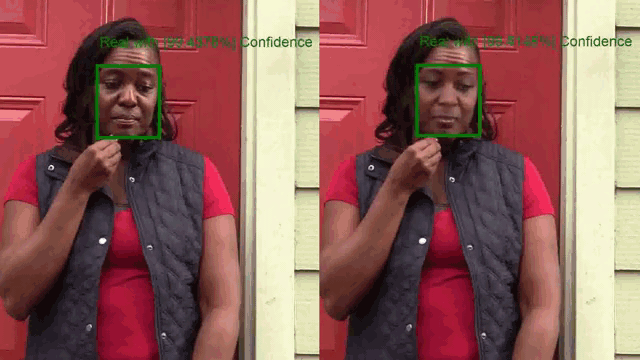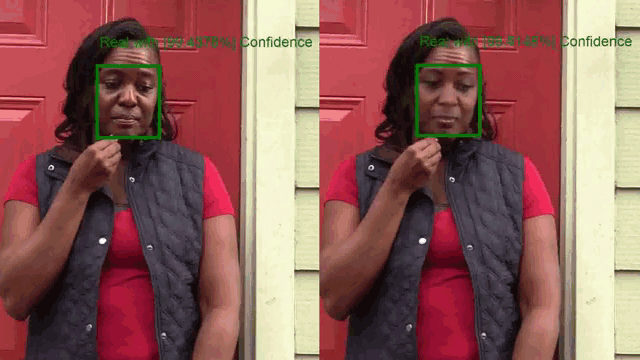Microsoft unveils deepfake detection tool — is it enough?

Microsoft has announced a new tool that it claims can detect the presence of deepfake software in images and video as it seeks to tackle disinformation online.
Deepfakes, or synthetic media, are photos, videos, or audio files manipulated by artificial intelligence (AI). And they’re becoming increasingly hard to detect.
Used maliciously, deepfake technology can be used to make people appear to say things they didn’t or appear to be in place they weren’t, posing an emerging threat to public figures like politicians, but also to businesses when in the hands of sophisticated phishing scammers.
#Deepfakes no more. Behold, the Microsoft Video Authenticator, a tool that can analyze a still photo or video and provide a percentage chance that the media is artificially manipulated. (1/2) pic.twitter.com/IINud4lWmE
— Microsoft On the Issues (@MSFTIssues) September 1, 2020
The tech giant’s new software can rank media with a percentage chance or confidence score to give an indication of how likely it is the material has been artificially created. Microsoft hopes the solution can help to combat disinformation on the web “in the short run,” especially with the US election coming up in November.
Developed alongside Microsoft’s responsible AI team and AI ethics advisory board, the tool works by detecting the blending boundary of the deepfake and subtle fading or greyscale elements that might not be detectable by the human eye.
But the firm also notes that with deepfakes being generated by AI that continues to learn, it is “inevitable” that they will begin to beat conventional detection technology: “We expect that methods for generating synthetic media will continue to grow in sophistication,” read an announcement.

The Microsoft Video Authenticator can give video frames confidence scores in real time. Source: Microsoft
“As all AI detection methods have rates of failure, we have to understand and be ready to respond to deepfakes that slip through detection methods.”
In the longer term, Microsoft says tech leaders and policymakers must seek stronger methods of maintaining and certifying the authenticity of news articles and other media.
In addition to its Video Authenticator, the tech leader also announced the launch of technology built into Azure that enables content producers to add digital hashes and certificates to pieces of content, which then “lives as metadata wherever it travels online.”
YOU MIGHT LIKE

Deepfakes ranked most serious AI crime threat by experts
Alongside this, Microsoft is releasing a reader that can exist as a browser extension among other forms to check and verify the content’s signatures, ensuring its authenticity to the reader.
Deepfakes were recently regarded as the most dangerous threat posed by AI technology by a panel of experts in a report published by University College London (UCL).
As deepfake technology continues to advance, specialists said that fake content would become more difficult to identify and stop, and could assist bad actors in a variety of aims, from discrediting a public figure to extracting funds by impersonating a couple’s son or daughter in a video call.
Such uses could ultimately undermine trust in audio and visual evidence, the authors of the report said, which could have great societal harm.
While solutions such as Microsoft’s can help, much like cybersecurity, in general, a wider awareness around the threat will be key to its identification. Users should question motivations behind the digital material they consume or receive, whether purporting to be a news report or a voice message from their boss.








